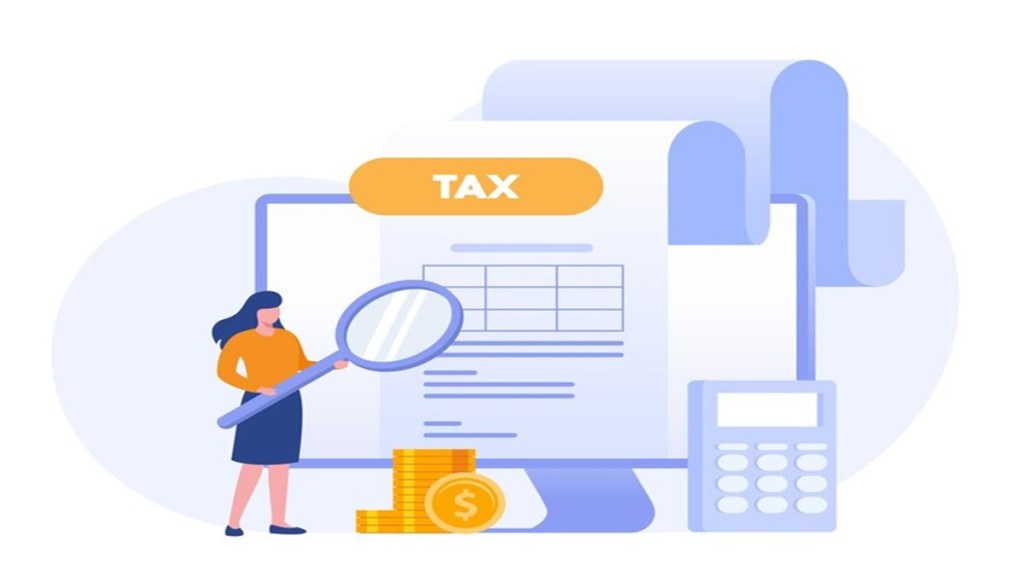By Rajiv Kumar | Abhishek Jha
A key highlight of the FY26 Budget is a major tax relief: salaried individuals earning up to Rs 12.75 lakh annually will be exempt from income tax. This bold move aims to boost domestic demand and consumption by increasing disposable income — potentially accelerating private investment in a timely manner, as the Economic Survey noted private investment is on the cusp of a rising cycle.
However, this tax relief raises concerns about government revenue. Direct taxes are vital for fiscal health, and such leniency may strain revenue mobilisation. With FY26 capital expenditure growing only 1% and fiscal deficit targets tightening (4.4% in FY26, down from 4.8%), coupled with truncating the debt-to-GDP ratio to 50% by March 2031, the government may adopt a conservative approach to public spending, potentially moderating infrastructure and development goals critical for India’s Viksit Bharat vision by 2047.
How many Indians pay direct taxes?
India’s direct tax landscape reveals a narrow base. While indirect taxes such as the goods and services tax (GST) impact everyone — even the poorest pay 18% GST on essentials like a Rs 5 biscuit or refined sugar packet (Rs 25 for half kg) — personal income taxes tell a different story. Taking central and state government tax receipts together, direct taxes account for only about 40% of the total. This is surely a regressive tax regime, which has only marginally improved over the last five years.
As regards personal income tax (PIT), 8.1 crore income tax returns (ITRs) were filed in FY24, a mere 6% of our total population. Assuming there is only one taxpaying member in each family, which of course is not universally true, only 30% of the households are covered in the PIT net.
Out of the ITRs filed in FY24, 4.9 crore had zero tax liability. Thus 55% in FY24 and up to 65% of current tax filers do not pay any PIT. This implies that only 3.11 crore individuals filed non-zero tax ITR. Thus, approximately 2% of India’s 143-crore population pays any income tax. This contrasts sharply with countries like the US (44% of households pay income tax), the UK (over 50%), and even peers like Brazil (7%) and Vietnam (20%). This shows that a broader tax base is achievable even in economies with similar income levels. The disparity will become starker with the new exemption limit, as only 1.5 crore people are expected to pay PIT in FY26.
Income tax threshold and its implications
India’s direct tax structure presents a paradox: it offers a tax exemption limit that is 500% of its per capita income, far exceeding peer countries like Brazil, Vietnam, China, and Indonesia, where this ratio is below 100%. This means a large portion of India’s population falls below the taxable threshold, showcasing fiscal leniency that is rare on a global scale.
The disparity deepens when the exemption limit is compared to the per capita final private consumption expenditure, which is about 60% of the per capita income. A newspaper report notes that a salaried income of Rs 12.75 lakh per annum is 10.6 times the per capita private consumption expenditure — an exceptionally high exemption threshold by any standard.
Additionally, India’s tax system lacks the progressivity seen elsewhere. While the highest tax slab isn’t detailed, the high exemption weakens its progressive nature. Countries like China, South Africa, the UK, and France apply marginal tax rates of 45%, ensuring higher earners contribute more to national revenue and promoting social equity (with the education and one other cess that are levied, the highest tax slab in India also goes up to around 34%).
The key takeaway is that India’s tax structure is inequitable, with generous exemptions leading to a narrow tax base. High exemption limits reduce direct tax collection, pushing the government to rely on indirect taxes which disproportionately burden lower-income groups. While India’s combined central and state tax-to-GDP ratio is around 19%, which is comparable to peer countries, the ratio of tax exemption to per capita income is not.
Wealthy farmers and large agriculture landlords continue to remain exempt from income tax, an issue that remains unresolved for over four decades. Bringing them into the tax net, along with higher tax rates for the wealthy — as seen in countries like China, Vietnam, Indonesia, and South Africa — could ease the undue burden on the salaried middle class. This group contributes the bulk of direct taxes but seldom benefits from public services like schools and hospitals. Improving the quality of these services would encourage middle-class usage, reducing their reliance on expensive private alternatives and providing much-needed financial relief. India’s exceptionally high tax exemption limit, combined with a low percentage of taxpayers and a modest top tax rate, creates a regressive tax structure that places a disproportionate burden on indirect taxes.
The writers are respectively chairman and fellow at the Pahlé India Foundation.
Disclaimer: Views expressed are personal and do not reflect the official position or policy of FinancialExpress.com. Reproducing this content without permission is prohibited.

